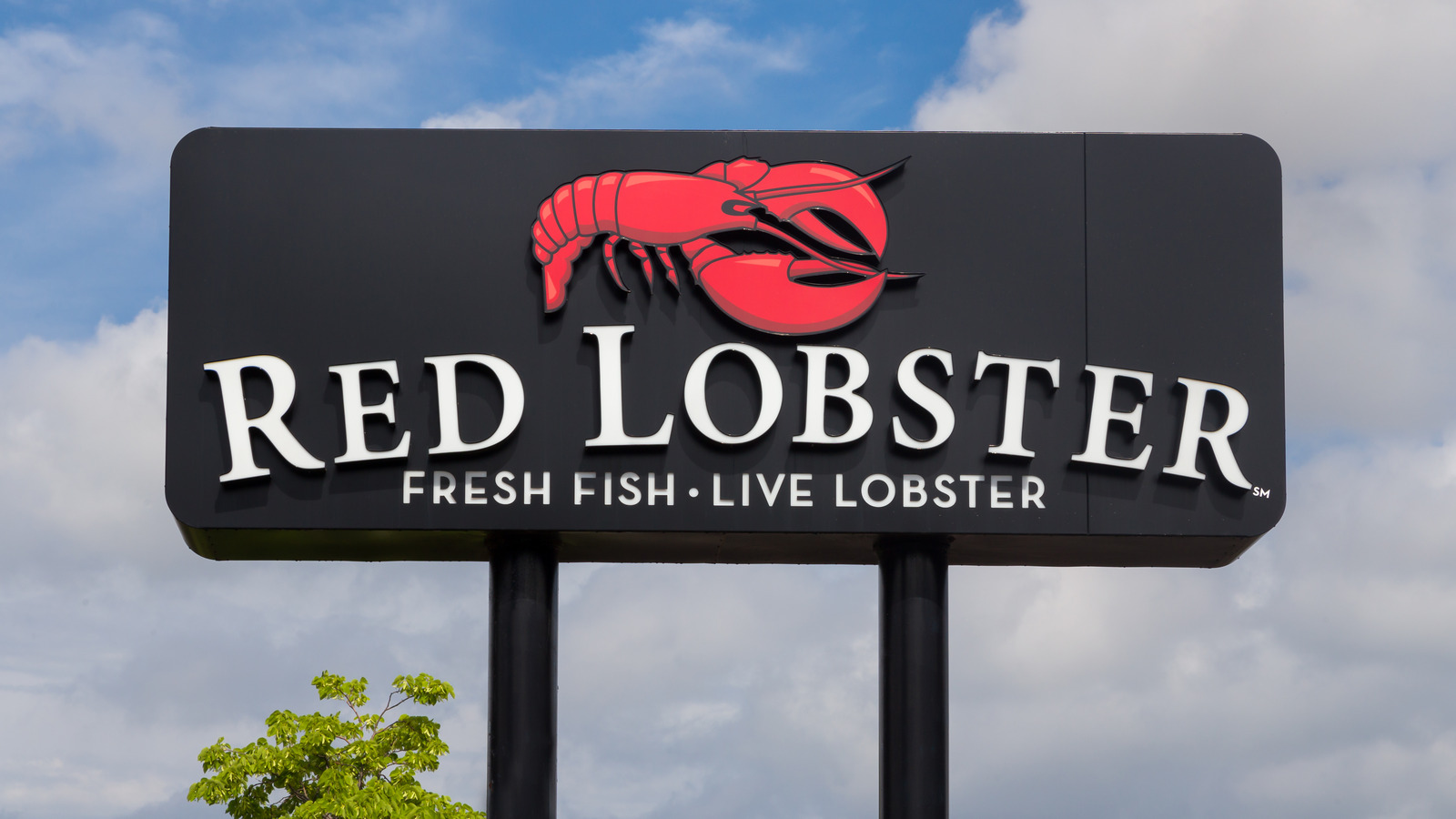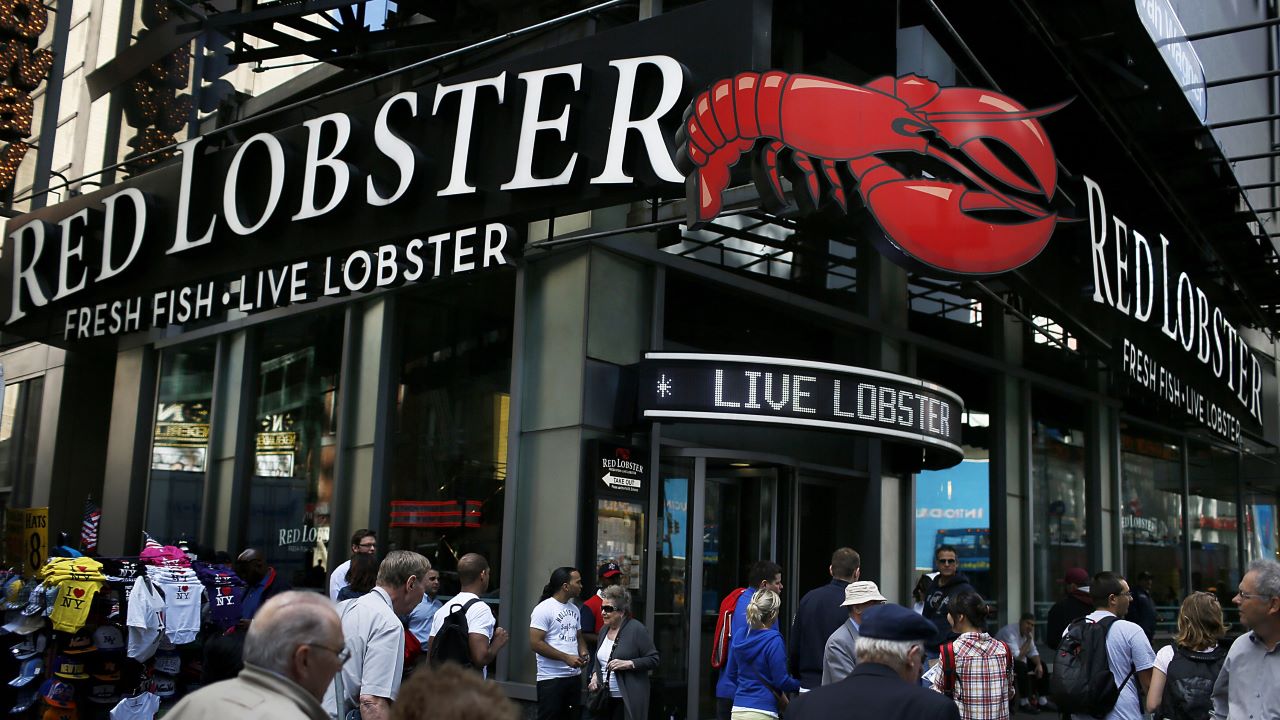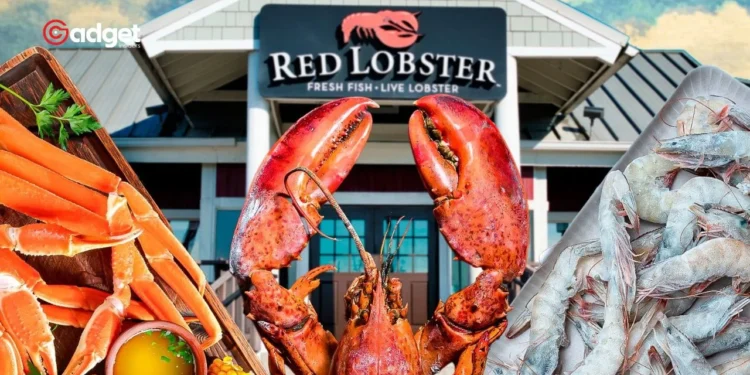Red Lobster, once a thriving name in the restaurant industry, is now navigating through tumultuous waters. The chain, renowned for its seafood, faces a financial crisis that has seen its situation deteriorate from bad to much worse, with a potential closure of over 100 locations looming on the horizon. This crisis stems from a series of management missteps, including the infamous “Ultimate Endless Shrimp” promotion that resulted in a staggering $11 million loss due to a significant underestimation of customer demand.

This isn’t the first time the seafood chain has found itself in hot water due to promotional blunders. Back in 2002, then-president Edna Morris was ousted after a similar all-you-can-eat crab promotion backfired. Fast forward two decades, and history seems to have repeated itself, proving that past lessons on consumer behavior and pricing strategies remain unheeded.
The Implications of Chapter 11 Bankruptcy
Red Lobster’s recent filing for Chapter 11 bankruptcy provides a lifeline, allowing the company to renegotiate terms with creditors and perhaps prevent the closure of more locations. Currently, the chain has already shuttered 93 restaurants, and according to recent court filings, an additional 135 locations could soon follow if renegotiations falter. This restructuring phase is critical as it will determine whether Red Lobster can stabilize its operations and reposition itself in the market.
Jonathan Tibus, CEO of Red Lobster, expressed optimism about the restructuring process, emphasizing its importance in overcoming financial and operational hurdles. “This restructuring is the best path forward for Red Lobster. It allows us to address several financial and operational challenges and emerge stronger and re-focused on our growth,” Tibus explained in a press release.

A Glimmer of Hope Amidst Crisis
Despite these challenges, Red Lobster is not ready to throw in the towel. The company has halted its “Ultimate Endless Shrimp” and shifted focus to its annual “Crabfest,” an event that introduces a variety of crab dishes to its menu. This pivot suggests an attempt to attract customers with new offerings while possibly averting previous promotional disasters.

Moreover, Red Lobster is contemplating taking legal action against Thai Union, its former largest stakeholder, for their role in the failed shrimp promotion which burdened the company with heavy supply obligations. Sarah Foss, global head of legal at Debtwire, commented on the potential lawsuit, stating, “Company is evaluating whether to bring litigation against Thai Union and its former CEO and how their actions in connection with these initiatives contributed to the company’s financial woes.”
The Road Ahead for Red Lobster
As Company continues to fight for its survival, the seafood chain’s journey is a testament to the harsh realities of the restaurant business—where one wrong decision can cascade into a crisis. The upcoming months will be crucial for Red Lobster as it navigates through its restructuring efforts and legal battles. Only time will tell if this once-dominant chain can reclaim its place in the competitive restaurant industry and once again rise to the surface in a market as turbulent as the ocean depths it once comfortably sailed.










